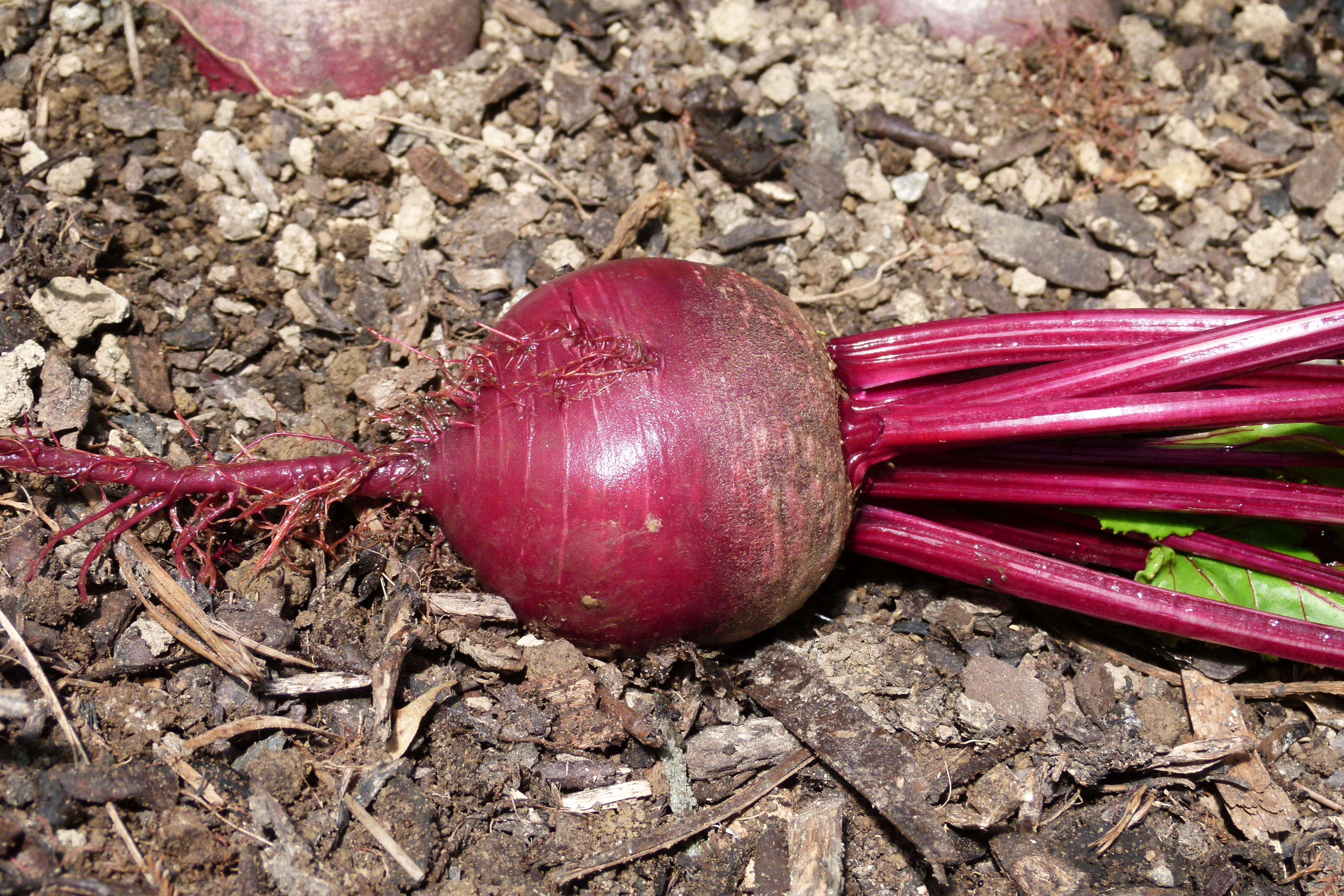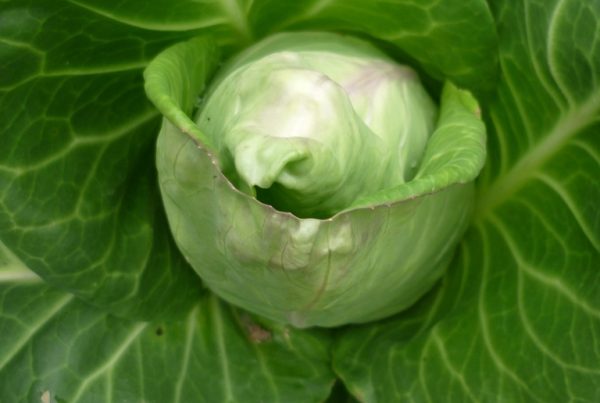
Beetroot benefits from being grown from seed. The ‘seeds’ you’ll find in a packet of beetroot are actually a cluster of seeds in a corky husk. As with all root vegetables, it pays to cultivate the soil well to give the roots an easier journey. They’ll enjoy some compost and a slightly acidic soil, so many soils in Wellington will need liming, ideally a few months prior to sowing. Space the seed clusters 8–10cm apart in both directions (nine or 16 in a 30cm square depending on how big you want them to grow). The soil needs to be about 7˚C or warmer to ensure good germination. Thin the seedlings once they are big enough to handle, leaving the strongest intact. Use the thinnings as micro-greens in a salad.
Small beetroots will be ready nine to 12 weeks after sowing, and larger ones at about 16 weeks. Choose the larger roots first and let the surrounding ones continue to grow. In winter they can be left in the soil and pulled as needed. They won’t grow much in the coldest months but they’ll remain fresh in the ground, even if their leaves become a bit dishevelled. To prepare small beetroot, just wash and slice off the tops and tails. Bigger roots are better peeled. The plants don’t suffer from many pests, although slugs and snails enjoy the young seedlings and birds may scratch them out too.
Beetroot is, of course, the quintessential New Zealand burger topping. However, it’s far more versatile than that. Its distinctive taste and texture work well grated raw in salads and it makes a stunning soup. Barbecued or roasted, it develops an earthy sweetness. If you have any left over, you can of course pickle them in vinegar. Beetroot brownies will have most beetroot-haters clamouring for more as the root lends the chocolate slice succulence and an appealing deep colour.
Whether you choose to eat the greens, pull the roots up when they are the size of golf balls or are patient enough to wait and dig cricket ball-sized treasures, add some beetroot to your garden and you’ll be richly rewarded by the red root.
Beetroot varieties to try
I think round red beetroots are easiest to grow and taste best, but here are some alternatives. You can try them all by buying a packet of beetroot colour blend seeds.
Albino – white beetroot with slightly conical roots.
Chioggia – delicately striped pink and white beetroot with a smooth red skin.
Crosby’s Egyptian Flat – flattish, deep red beetroot growing mainly above the ground.
Cylindra – cylindrical red beetroot for lots of slices.
Golden Detroit – orange beetroot for those of us who don’t like everything on our plate turning red.
|




